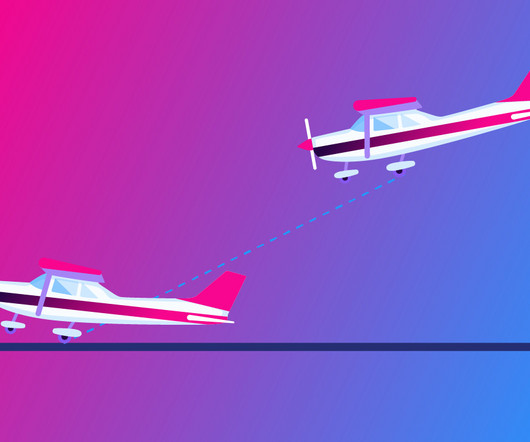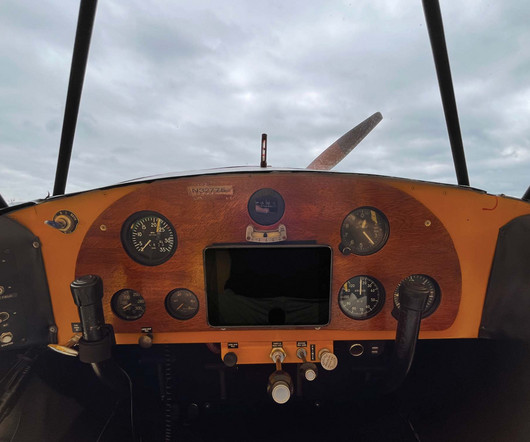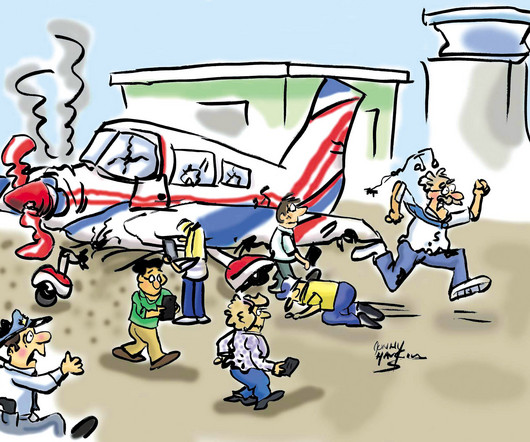Delta CRJ-900 Accident In Toronto: Preliminary Report Published
One Mile at a Time
MARCH 20, 2025
At the time of the accident, winds were at an angle of 270 degrees (the runway was at an angle of 230 degrees), at 28 knots, gusting to 35 knots. degrees Less than one second before touchdown, the plane had an indicated airspeed of 134 knots, a ground speed of 111 knots, a bank angle of 7.1



















Let's personalize your content